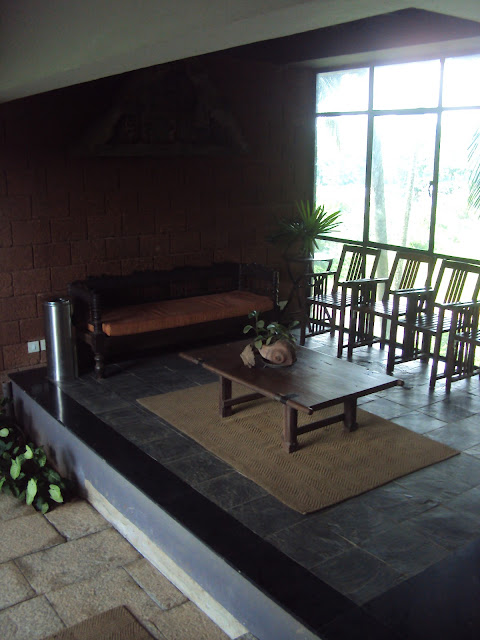A was an Architect: B were his Brains
C was the Chaos he wrought when he used 'em
D was the Dissolute course of his Drains
E was the End of the people who used 'em
F were the Fools who allowed him to build
G were his Gehennas of brickbats and lime
H were his houses, bacteria filled
I am the poet who left them in time
J were his Joists- but they broke with the rats on 'em
K were his Kements (I adhere to this spelling)
L were his Leadings- you couldn't swing cats on 'em
M was the Mildew that clove to each dwelling
N was his Notion of saving expense
O were the Odds it would cost like all Tophet
P (please insert for the sake of the sense)
Q were his Quantities, P was his Profit
R were his Roofs which were waterlogged rafts
S for they Sagged (S is also his Sinks)
T the Tornadoes he told us were draughts
U were his Usual Unspecified Stinks
V was the Vengeance I vowed on the head of him
W was Wrong and Waiting and Waste
X is King Xerexes (God knows I have need of him!,
Y and a Yataghan wielded with taste)
Z are Zymotic diseases, a host of 'em
Ambo's my architect, I have got most of 'em.
PREPARATION OF AN ARCHITECTURE PORTFOLIO
I have been receiving a lot of requests from students for details on HOW TO PREPARE A GOOD ARCHITECTURE PORTFOLIO.
Taking this into consideration, I have compiled a detailed booklet on how to create a great portfolio, which will guide you through the detailed process, including identification of materials, ideal layouts, graphics and rendering styles, text placements, photographing your models....an exhaustive list which will guide you step by step.
You can now avail this great resource for creating your best portfolio, which is essential in this highly competitive age - either to get into good firms for internships, applying for your masters or for getting that coveted job.
Get full access to 'How to prepare an Architecture Portfolio' !!!
So go ahead and mail me at ar.sujithgs@gmail.com to order today!
C was the Chaos he wrought when he used 'em
D was the Dissolute course of his Drains
E was the End of the people who used 'em
F were the Fools who allowed him to build
G were his Gehennas of brickbats and lime
H were his houses, bacteria filled
I am the poet who left them in time
J were his Joists- but they broke with the rats on 'em
K were his Kements (I adhere to this spelling)
L were his Leadings- you couldn't swing cats on 'em
M was the Mildew that clove to each dwelling
N was his Notion of saving expense
O were the Odds it would cost like all Tophet
P (please insert for the sake of the sense)
Q were his Quantities, P was his Profit
R were his Roofs which were waterlogged rafts
S for they Sagged (S is also his Sinks)
T the Tornadoes he told us were draughts
U were his Usual Unspecified Stinks
V was the Vengeance I vowed on the head of him
W was Wrong and Waiting and Waste
X is King Xerexes (God knows I have need of him!,
Y and a Yataghan wielded with taste)
Z are Zymotic diseases, a host of 'em
Ambo's my architect, I have got most of 'em.
PREPARATION OF AN ARCHITECTURE PORTFOLIO
I have been receiving a lot of requests from students for details on HOW TO PREPARE A GOOD ARCHITECTURE PORTFOLIO.
Taking this into consideration, I have compiled a detailed booklet on how to create a great portfolio, which will guide you through the detailed process, including identification of materials, ideal layouts, graphics and rendering styles, text placements, photographing your models....an exhaustive list which will guide you step by step.
You can now avail this great resource for creating your best portfolio, which is essential in this highly competitive age - either to get into good firms for internships, applying for your masters or for getting that coveted job.
Get full access to 'How to prepare an Architecture Portfolio' !!!
So go ahead and mail me at ar.sujithgs@gmail.com to order today!




